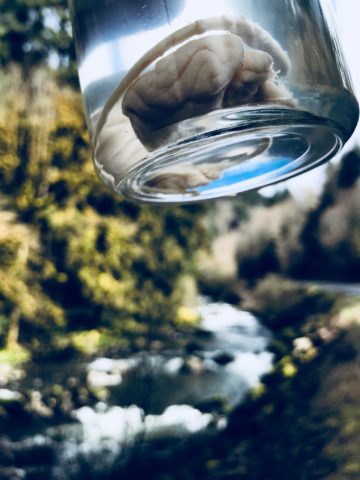“There have been great societies that did not use the wheel, but there have been no societies that did not tell stories.” –Ursula LeGuin
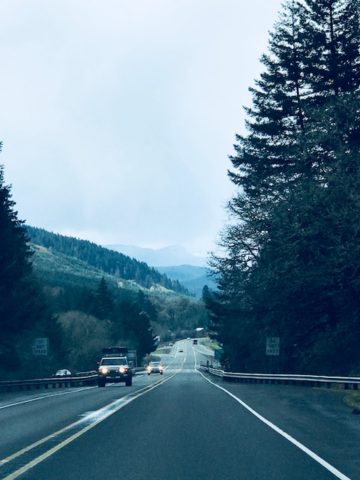
Another road trip! We rose early, loaded our new artist-designed and built “Arc of the Brain Event” cart into the Subaru, grabbed coffee in McMinnville and followed the South Yamhill River to Willamina, home of the Bulldogs and also Timber Town, USA..!


Drizzle and caffeine at McMinnville’s Union Block
LEARN MORE: Willamina, Oregon
LEARN MORE: Metal artist Matt Cartwright @ Cartwright Design
We were headed to Willamina High School to discuss our autumn plans for “Synapses & Stories,” an exploration of Grande Ronde and Siletz Valley tribal storytelling, the characters that feature prominently in Native tales (including Crow, Grizzly and Coyote), and current brain research related to animal skills and behaviors that were recognized long ago…
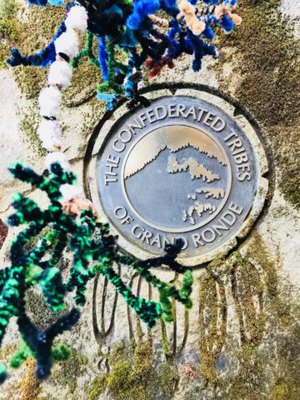
LEARN MORE: Synapses & Stories: Coyote, Grizzly & their Brains!
We’ve been busy visiting several schools in Yamhill and Lincoln counties over this winter and spring to make connections and organize visit plans for later this year…
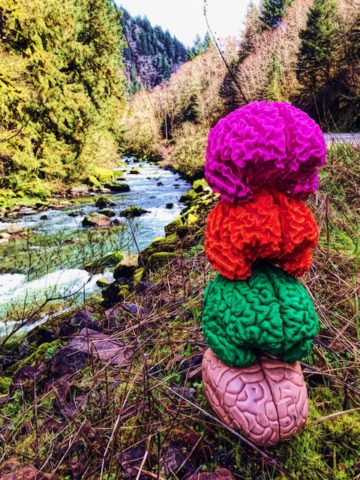
Western Oregon brain cairn
LEARN MORE: Noggin @ Siletz Valley!
LEARN MORE: Tres Escuelas en un Día!
Noggin Resource Council member Joey Seuferling, who is an expert brain wrangler and accomplished participant in arts-integrated neuroscience outreach, wheeled our new Noggin brain cart into the school…

Before meeting with Principal Tim France, we grabbed an opportunity to answer excellent questions from curious students in Michelle Anderson’s Health class. Joanne Trzcinski, our Synapses & Stories collaborator and Coordinator of the Oregon Pacific Area Health Education Center, works with many of these same students in her Health Professions club…
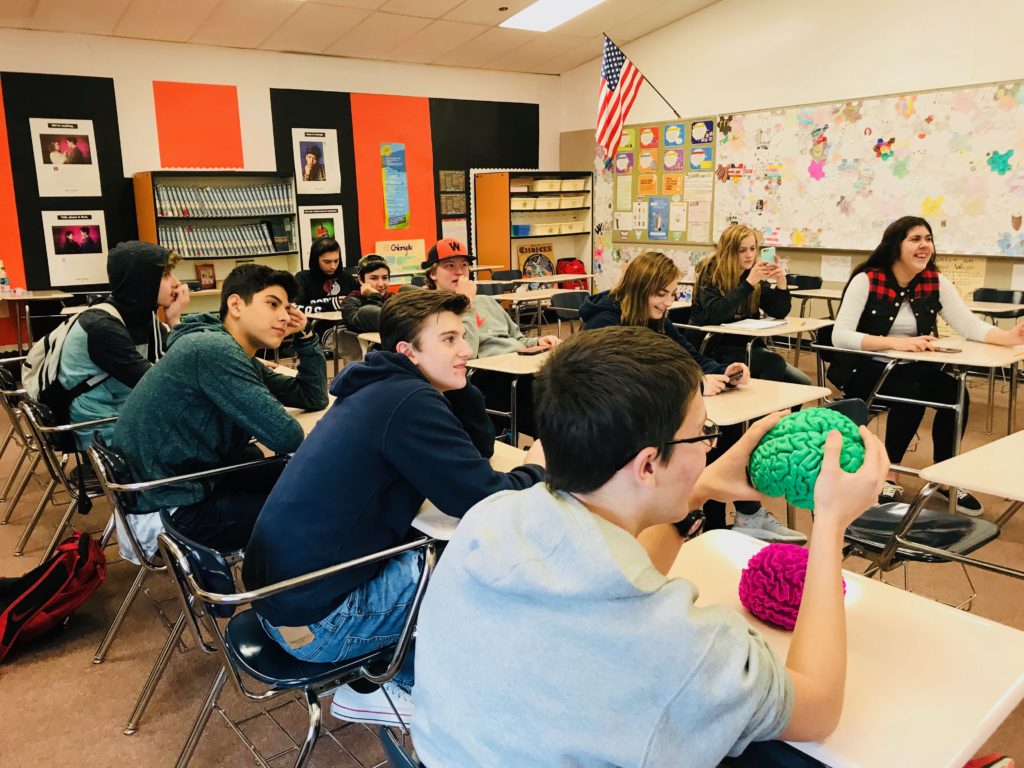
Willamina students are also privileged to learn from Kathy Cole, the Cultural Education and Outreach Program Manager for the Confederated Tribes of Grande Ronde, who teaches a class on Chinuk Wawa, a living creole language that many diverse Northwest area tribes also spoke in the past for trading…
LEARN MORE: Chinuk Wawa
LEARN MORE: Chinook Jargon (Chinuk Wawa)
We checked out the comprehensive Chinuk Wawa dictionary, a project of the Confederated Tribes that Kathy contributed to, and which was published in 2012…

We were thrilled to see an entry for “Brains!” We initially mispronounced it (entertainingly and memorably) as “yum yum” – but were quickly corrected by students! It’s a more glottal “xumxum…”

LEARN MORE: The New Chinuk Wawa Dictionary of the Confederated Tribes of Grand Ronde
BUY THE BOOK: THE CHINUK WAWA DICTIONARY PROJECT

“What is the most important part of the brain to protect?” Well, it’s all pretty important! But this is always a useful question for exploring relations between brain structure and function, and how different parts of our brains do different things. Small strokes in a visual area called V4 can impair your perception of color and ability to recognize patterns, while damage to tiny but critical regulatory regions in the brainstem or hypothalamus can quickly lead to death.
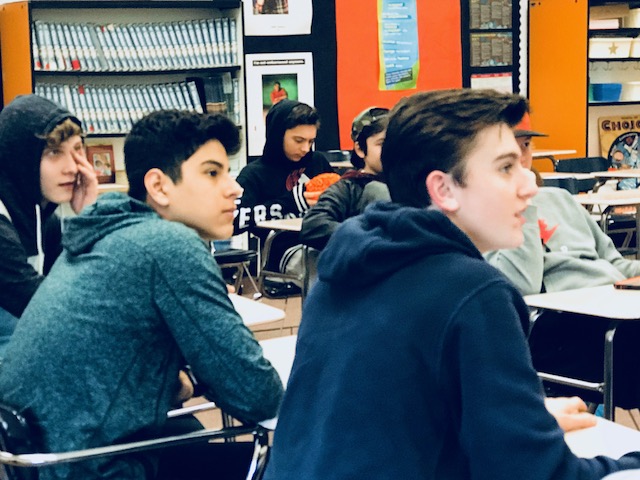
LEARN MORE: Toward a Unified Theory of Visual Area V4
LEARN MORE: Sudden death due to stroke and its management
And for complex cognitive and perceptual abilities, we selectively engage larger networks of linked smaller regions (rich nodes) that must coordinate their activity across distributed chunks of brain…

Green 3D printed cortex (based on MRI data from OHSU Fair Lab; printed by PDX 3DP Lab)
Students asked what’s harmed with head injuries, and we explained that while you can certainly bruise surface areas of cortex after a traumatic hit, the extensive axonal wiring that connects regions together in these functional networks can also be pulled, twisted and even partially yanked apart..!

3D printed white matter from the same brain: axon wiring that ties areas together into networks…
If your brain networks subserving language, memory, decision making are disrupted, you’ll likely have difficulty speaking, understanding, remembering or deciding what to do…

LEARN MORE: Protecting Noggins @ the Newmark
LEARN MORE: Addressing TBI through research, outreach & art
LEARN MORE: Redefining TBI through Art
“What causes PTSD? Where in the brain do we feel so much?” Such powerful questions. You can sense compelling stories behind very motivating and meaningful student inquiries, that the more than 100 mandated assessments they are required to take don’t even remotely address…

Post traumatic stress disorder (PTSD) is, for some, a long term consequence of experiencing a traumatic event. After a car accident, for example, most of us will immediately feel our rapidly pumping heart, dry mouth, increased alertness, and perhaps an intense, significant fear or panic over injury, damage and loss…
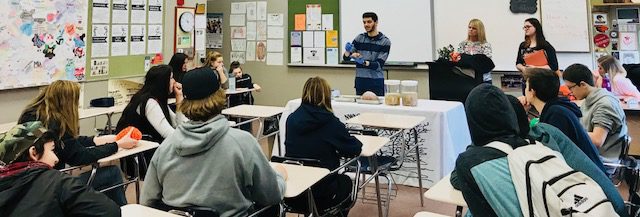
An almond shaped nucleus in the temporal lobes known as the amygdala is very active, setting off body changes (e.g., activating the sympathetic division of the autonomic nervous system, and the HPA axis), altering your facial expression and posture (making you orient, and perhaps freeze) and remapping cortical regions so you feel the stress, panic and fear. For many, this response is thankfully short-lived, and adaptive, providing critical energy and focus to address the traumatic experience as it is occurring…
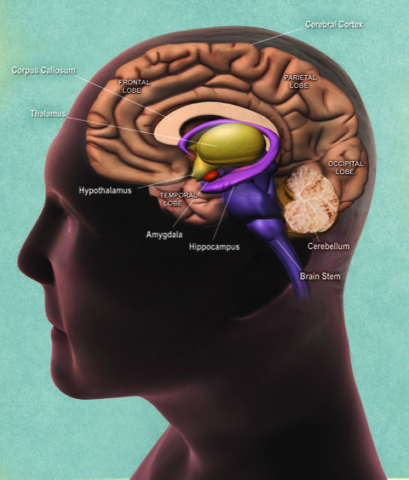
LEARN MORE: PubMed on the Amygdala
LEARN MORE: Amygdala Activity, Fear, and Anxiety: Modulation by Stress
However, if these disturbing responses persist, and become triggered by related aspects of the remembered situation – just the sight of a car, for example, or a road, or the sound of wheels on pavement – that no longer predict a traumatic consequence like a injurious crash, then you may be developing PTSD. Neural connections linking sensory detection to networks involved in memory and bodily stress responses are strengthened. If the symptoms last more than a month and interfere with work and/or family relationships, it’s time to seek help.
LEARN MORE: NIH/NIMH on Post-Traumatic Stress Disorder
Students continued to ask questions, as we emphasized the plasticity and resilience of their adolescent brains, where networks involved in decision making and social prediction were undergoing significant development. Reframing experiences – for example, realizing that intense anxiety and stress might also offer a source of energy for accomplishing other tasks – can help young people with the many challenges we all face…
LEARN MORE: Responding to Students with PTSD in Schools
LEARN MORE: Changing Brain Waves of Depression
LEARN MORE: Bathing your brain @ Velo
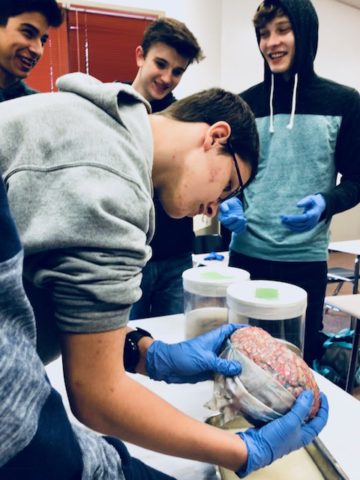
We enjoyed a subsequent discussion with Principal Tim France about our upcoming series of “Synapses & Stories” visits in October. Our sincere thanks to Tim, and to the students who interviewed us at The Timber Times about our outreach efforts in western Oregon!

And of course we reveled in (and responded to!) holding and examining and contemplating the remarkable assemblage of cellular networks forming and growing behind our foreheads (a.k.a. xumxum!)…


Thanks to the teachers, students and staff at Willamina!
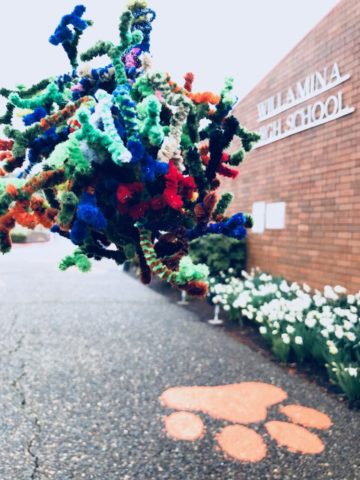
We look forward to returning for more stories and science in fall…

